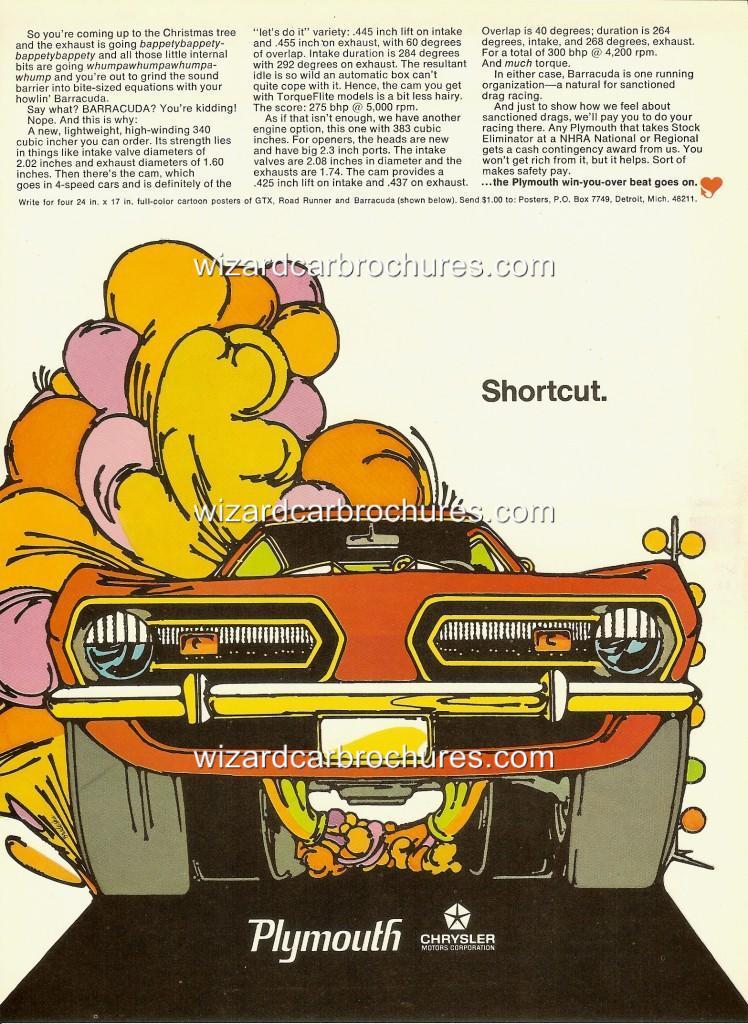one mile
Well-Known Member
69 Cuda 440 can you plott a parallel from the S.B.C. to the S.B.M. ? Just thought I would ask. you seem to be up to speed in both "Camps" as far as Camshafts. Just for general info and future reference for us..... or me and my ignorant self..... ha ha , Thanks, Tim

















